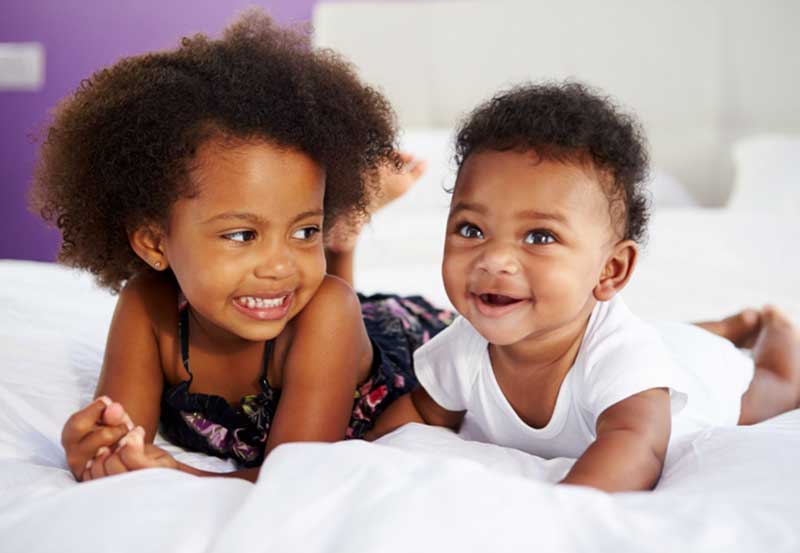How To Childproof Your New Home
You’d be surprised at how easy it is for a baby to get into trouble… From kitchen cabinets to outlet covers, you definitely need to baby proof the main rooms in your new home in order to make them safe for babies and toddlers. Baby proofing your house often requires more than just a baby gate and wishful thinking!
Here are a few tips on how to ensure your baby/toddler stays safe in your new home:
Kitchen and Bathroom:
Obvious, but very important, you should store all household chemicals on high shelves and/or inside cabinets, making sure they are out of plain sight. This is actually the basic concept around baby proofing; out of sight, out of reach, out of mind. If need be, you can purchase cabinet locks or specific child-proof locks for all cabinets containing these types of items. Similarly, keep all breakable items like glassware and sets of dishes on higher cabinets or shelves as well.
Always make sure to eliminate any standing water, like in a mop bucket or bathtub to prevent drowning. Also, ensure to close all toilet lids and keep bathroom and kitchen doors shut. If you want to be extra safe, purchase toilet-lid locks to restrict your child from opening the toilet lid in anticipation of you leaving the bathroom door open now & again.
And most important – keep all medicine out of children’s reach by keeping them in high places or in locked cabinets, and make sure the bottles have child-proof caps on them, just in case.
Living Room and Den:
Protect your child by covering corners and edges of furniture with foam or other plastic/cushion covers to prevent any mishaps like head bumping and eye injuries.
Cover all electrical outlets with simple plastic covers purchased at your local hardware store to avert children from electrical shocks.
Kids love to get dirty, so you should rearrange your soil-based house plants that are usually kept on the floor. If the weather permits, put these plants outside or find another location for them, such as hanging them from the ceiling or placed on high shelves.
Baby’s Room:
Anchor down any large furniture like tables, desks and dressers to avoid the furniture tipping or falling over if a child attempts to climb on it.
And in every room (especially the baby’s room), use cordless window coverings and avoid placing your baby’s crib near a window altogether. If you have curtains with pull cords in your home, either cut off the pull cords or use cord shorteners or wind-ups to avoid any choking hazards.
This room-by-room guide will help you make sure that you have all of the babyproofing essentials covered, in order to ensure your new home is safe for your little bundle of joy!

